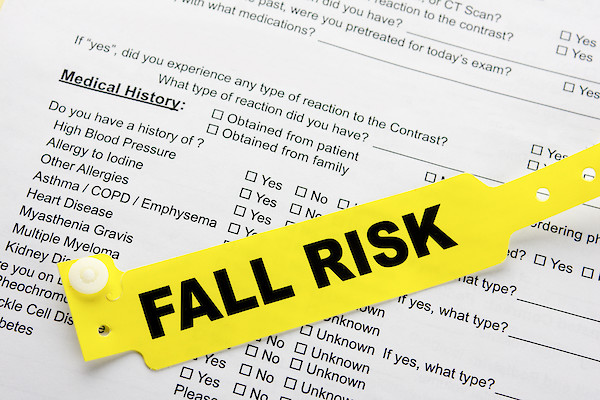
BLOOMFIELD (January 15, 2018) –
Cindy Payne, Director of Therapeutic Recreation
Article appeared in the Windsor Locks Journal, Windsor Journal and Bloomfield Messenger
The number of older adults in the United States is growing, and falls among the older adult population are a serious and significant problem. Approximately 33 percent of older adults 65 years of age and older fall at least once each year. Injuries caused from a fall are a predisposing factor in 40 percent of the events leading to long-term nursing home placement among older adults.
In the long-term care setting, two thirds of older adult residents fall once a year on average. The survival rate of long-term care residents who have had to be hospitalized for injuries resulting from a fall has been estimated to be only 63 percent. Approximately 47 percent of residents die during their hospital stay for a fall.
Research studies have shown that multiple factors contribute to the older adult’s risk of falling such as a host factors related to normal changes of aging or impairments due to disease, extrinsic or environmental factors, and the level of activity during the time of the fall.
Some intrinsic factors that have been most related to falls are impairments in musculoskeletal function, cognitive impairment, and increased use of medications. Some examples of medications found to be risk factors for injurious falls include: sedatives, diuretics, psychotropics, short-acting benzodiazpeines, and drugs causing hypotension such as antihypertensives.
Additional intrinsic factors that place older adult participants at an increased risk of falling in programming areas include: slow walking speed, reduced quadriceps strength, poor vision and hearing, podiatric conditions such as bunions, and multiple medical diagnoses. Medical diagnoses commonly associated with falls include: dementia, cardiovascular disease, diabetes, depression, dehydration, orthopedic disorders, acute illness of any kind, and neurological problems such as stroke.
The importance of the interaction of the older adult with his or her environment was first identified and described that older adults are especially vulnerable to negative environmental influences in a concept known as environmental press. The more disabled the older adult using the recreation environment, the more critical the environment, because individuals’ with disabilities are so dependent upon the supports of the environment to achieve the highest possible level of functioning. Environmental problem areas of concern in the long-term care setting include the presence of glossy floors, inadequate lighting, unstable furniture, unlocked wheelchairs, unsecured rug edges, ill-fitting walking aids or footwear, excessive clutter, and a lack of adapted equipment in the program area.
Most falls occur when the older adult is completing his or her usual activities of daily living such as walking or changing position. Only a small number of falls have been found to occur when the older adult is engaging in recreational activities. Other studies have demonstrated that social and physical activity are inversely related to reported falls. It has also been found that most falls in long-term care settings occur first thing in the morning and in the evening.
Working on your endurance, balance, flexibility, and resistance can help decrease falls. It was concluded that general exercise was the most important treatment component for reducing falls, followed by activities for balance such as Tai Chi and computerized balance training (Wii Games).
Tai Chi has been shown to lower blood pressure, improved lower extremity range of motion, and a reduced fear of falling. So if you belong to a senior center maybe talk to the program director and possibly have a Tai Chi instructor come and provide classes. Also, start your own Wii Bowling or Golf group like the Bloomfield Senior Center does and travels around to local nursing homes such as mine. As always, be safe and healthy in your activities of daily living.

